Let’s Talk About Third-Party Cross-Border e-Commerce—Again
This is a topic that’s been talked about many times before. But recently, after meeting a few friends and chatting with them, I realized that some people still know absolutely nothing about the cross-border e-commerce industry. They have passion for starting a business, but no real understanding of the market.
To put it bluntly, if you jump in without knowing the current reality, you’re likely to get hurt badly—losing money, possibly everything you’ve invested.
So here I am, reheating an old topic. Let’s spend an hour talking about third-party cross-border e-commerce.
In recent years, the momentum behind third-party platforms has clearly been fading. This isn’t fearmongering, and I’m not trying to badmouth the industry. I’m just speaking honestly. Anyone who has been in this business for three to five years will understand and likely agree.
Cross-border e-commerce is like a mysterious walled city. Those inside want to get out but find it hard to leave. Those outside don’t really understand it but are eager to jump in as soon as they hear a bit of noise or hype.
Evolution of Cross-Border e-Commerce
Era 1.0
The golden age of global cross-border e-commerce was before 2016. During this period, third-party platforms like eBay, Amazon, Lazada, and Wish were booming. It was a time when platforms flourished like a rising sun—full of energy, competition, and optimism.
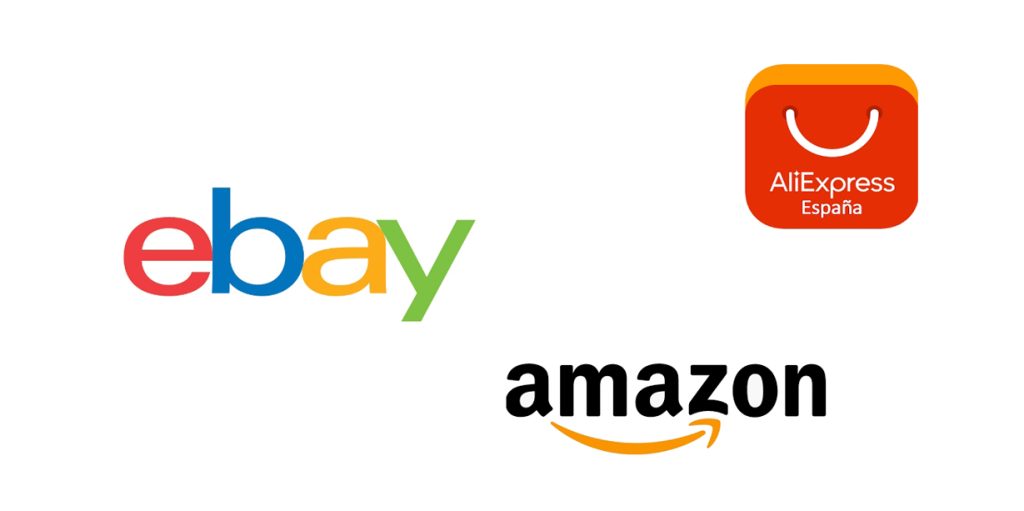
In the early 1.0 era, there were relatively few sellers on the platforms, and the entry barriers were very low. A personal account or a basic set of business documents was enough to start your own cross-border business. At the same time, there were many buyers but not enough products, meaning supply and demand favored the sellers. Orders and profits were relatively easy to secure.
This stage was the “wild frontier” of cross-border e-commerce. As long as you worked hard, you could make money. And if you were both hardworking and smart, making a fortune was absolutely possible—and many people did.
Era 2.0
This was the beginning of the “refined operations” phase in cross-border e-commerce, which lasted roughly four years—up until 2020. During this period, the number of sellers on third-party platforms surged dramatically, like fish crossing a river in flood.
Many sellers adopted mass-distribution models, running multiple stores and uploading large volumes of SKUs. This gave rise to popular strategies like store networks and so-called “non-inventory” selling. As a result, the balance between supply and demand flipped—buyers now had more choices, and the platforms were flooded with products.
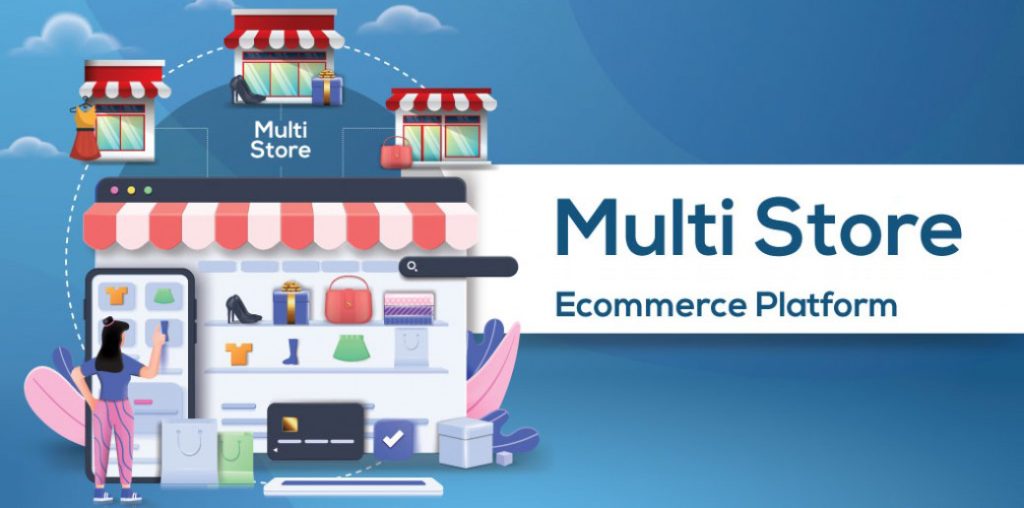
In response, major platforms began filtering out weaker sellers in a process of survival of the fittest. Only listings with strong performance—such as high review counts, local warehouse fulfillment, and quality service—were prioritized. As competition intensified, platforms started raising the cost of internal ads and demanded more “contributions” from sellers to feed the ecosystem.
This shift eliminated a huge number of rough, under-resourced small and medium sellers. By 2021, after the pandemic reshuffled the market, most small sellers had already been wiped out. Those who survived were either large-scale suppliers, elite operations teams, or ultra-niche, detail-oriented sellers. Independent, solo sellers were virtually gone.
Era 3.0
The year 2021 marked the most devastating chapter in the history of cross-border e-commerce. The infamous “Amazon account suspension wave” caused countless sellers to go bankrupt overnight. Many lost everything—homes, savings, businesses. Some couldn’t bear the pressure and tragically took their own lives.
If you’re interested, look up the “Amazon mass banning incident”—direct losses were estimated to exceed 100 billion RMB at the time.
For many sellers, the sight of that little Amazon dog error page has become a permanent psychological scar.

This was the painful lesson: the arrival of cross-border e-commerce 4.0. From this point on, success required big capital, big teams, and strict compliance with high-standard operational rules. There was zero tolerance for mistakes. Even the smallest error could lead to total disaster—your store taken down, your funds frozen, and your business gone in an instant.
Era 4.0
Today’s third-party cross-border e-commerce platforms have built near-absolute barriers to entry. The industry now fully reflects the saying: “After filtering through endless sand, only real gold remains.”
When the wave recedes, you truly see who’s been swimming naked.
The platforms are now dominated by top-tier legacy sellers or large capital-backed operations. If you’re not already at the top—or backed by serious investment—there’s barely any room left to play.
“Stay Where It’s Cool” — A Brutal but Honest Warning to Small and Medium Sellers
When it comes to third-party cross-border e-commerce today, my advice to small and medium-sized sellers is simple: stay where it’s cool. There’s no need to jump into the chaos just because others are doing it. Honestly, even lying flat and doing nothing might be better than joining this battlefield.
Yes, this sounds blunt. But those who understand, understand. Harsh words can be good medicine.
Recently, one well-known big seller in the industry quietly shut the doors of its R&D and production office. Their Amazon listings all show “Currently Unavailable.” In the past two years, stories like this have become common—major sellers disbanding teams, entering bankruptcy or liquidation. It’s no longer surprising to insiders.
Why is this happening?
1. Too Many “Green Shoots” Waiting to Be Cut
For years, waves of new sellers have flooded third-party platforms. In 2024 alone, it’s estimated that over 840,000 new sellers joined Amazon. Market share is split faster than anyone can react. Profit margins? Compressed to the extreme and never allowed to recover.
2. Ultra-Capital Players Are Dominating
Many giants like Temu and TikTok Shop have entered the global game, pushing extreme low-price strategies. They’ve not only wiped out small and medium sellers, but also taken down many of the big ones. This is a war of attrition—and not everyone has the resources to last.

3. Platform Rules Are Becoming Ruthless
Third-party platforms are now aggressively policing sellers. Store closures and frozen funds are commonplace. Sellers must navigate complex compliance risks—one misstep, and your entire operation could be wiped out overnight.
4. Rising Costs Everywhere
From warehousing to logistics, from supply chain management to ad spend, costs are surging. Platform algorithms and big data systems are squeezing every drop of profit from sellers. The game is no longer fair, and software + capital = control.
I won’t bother with reason five, six, or seven…
It’s already terrifying enough.
So, if you’re a small or independent seller without solid foundations, and someone tries to convince you to start selling on Amazon, AliExpress, or Shopee—feel free to tTell them to try it themselves first. (Pardon the language—sometimes reality doesn’t sound polite.)
The Era of Cross-Border E-Commerce 5.0 Has Arrived
There are very few friendly tracks left for small and medium players. Survival now depends on two things:
-
Finding hyper-focused niche markets in the chaos;
-
Building your own private traffic and high-ticket customer base, outside of the platforms.
This is the only way forward.
Final Thoughts:
The world of cross-border e-commerce is no longer a playground for the bold—but for the prepared. If you’re a small or medium-sized seller, it’s time to pivot. Focus on niche markets. Build your private traffic. Think beyond platforms.Want to learn how? Subscribe to our newsletter for practical guides, case studies, and hands-on strategies.
 Custom E-commerce Solutions for High-Quality Designer-Inspired Fashion Replicas | Website Development, Dropshipping, Payment Integration for PayPal and Stripe, Ad Cloaking Services
Custom E-commerce Solutions for High-Quality Designer-Inspired Fashion Replicas | Website Development, Dropshipping, Payment Integration for PayPal and Stripe, Ad Cloaking Services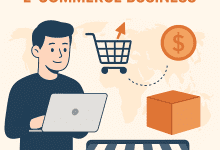















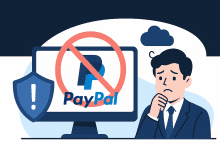







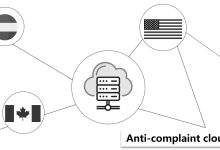




![5 Best WordPress Themes for Replica Product International Trade Websites [Recommended]-Custom E-commerce Solutions for High-Quality Designer-Inspired Fashion Replicas | Website Development, Dropshipping, Payment Integration for PayPal and Stripe, Ad Cloaking Services](https://replicasmaster.com/wp-content/uploads/2025/06/1-1-220x150.jpg)